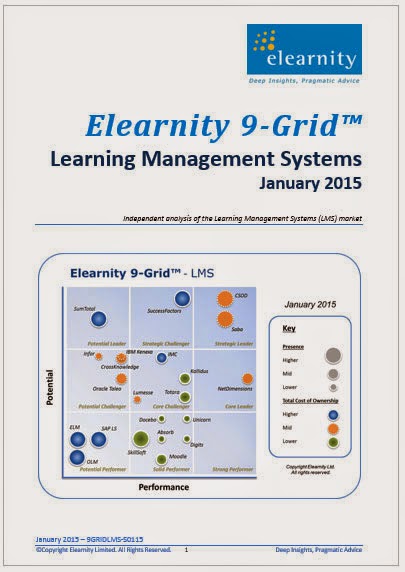What metrics matter when measuring learning & talent?
At our Symposium roundtable last month one of the hot topics for discussion and debate was "What Metrics Matter when measuring Learning and Talent Development (L&TD) and how does that differ from what L&D, in particular, typically measure. I had the pleasure of facilitating the discussion and taking the notes.
Below is a sense of how the conversation evolved. Naturally, the names and company references have been removed to protect the innocent and guilty...
So, What Metrics Matter?
Whilst L&D typically, and some might say predictably, measure themselves through training quality questionnaires, volumetrics of delivery and measure competencies, to assess the capability of their organisation. What was interesting was this measurement became more opaque as we moved closer to exploring the tangible business results that L&TD efforts actually deliver.
There was an interesting pooling of consensus between those who would argue that L&TD can never deliver definitive outcomes and those who would say that if you don’t have a measurable business impact – then your whole operation is totally questionable.
The view was, that ultimately all of the, navel gazing about quality of learning experience is an necessary evil – it is an important part of the L&TD professionals arsenal to validate the quality of that they do. So, whilst it would be easy to belittle their importance they are essential.
The issue is do they REALLY matter?
The thoughts were that, Yes they do – but they aren’t the priority. Any customer should be instrumental in shaping their services through feedback. But, is it what the business wants? On one level it is. But there was a BIG BUT! Whilst, providing quality and volume is part of issue, the really BIG elephant in the room is - Does what you do make a difference to the performance of your business?
If it didn’t, clearly you are on rocky ground, pure and simple, because if you aren’t making a real impact with your resources, then your competitors inevitably will. And, the really big risk is that by failing to focus on the outcomes, and focussing too much on the inputs, you eventually get "out-competed" in your market place. So, whilst there is serendipity to learning that means people make connections and can make massive leaps – this should not be at the cost of not investing in planned and impactful L&TD interventions. We can’t trust in chance. Yes, we need the freedom to encourage a learning culture, and elements of open development, but we also need to deliver targeted, measurable and tangible business results.
So again... what metrics matter?
Interestingly, in order to target efforts effectively and efficiently, L&TD need to start to harness BIG and little data – you need benchmarks of “real” business performance, “real analysis” of what creates business success. Not to create a cookie cutter of employees, but to provide them with the additional knowledge, tools and techniques that will help them succeed, and to quickly skill your teams to take advantage of new opportunities.
The issue for L&TD is, they seldom have the skills or access to the real business performance data (as opposed to HR performance data), to help dig into the big issues and provide truly effective performance development consulting.
And this means we will continue to struggle to effectively target our resources and investment in what will really transform our businesses. Having and using this information is a massive opportunity to really propel our organisations. But, whilst we rely on our hearts and gut intuition about what we should be doing, and until we have real data and strong analysis to support our decisions – it was really only ever guess work – and guess work is rarely the basis of a successful business.
And with something as potentially transformational as Learning – what are we missing out on if we were only guessing, and at best, following the crowd?




